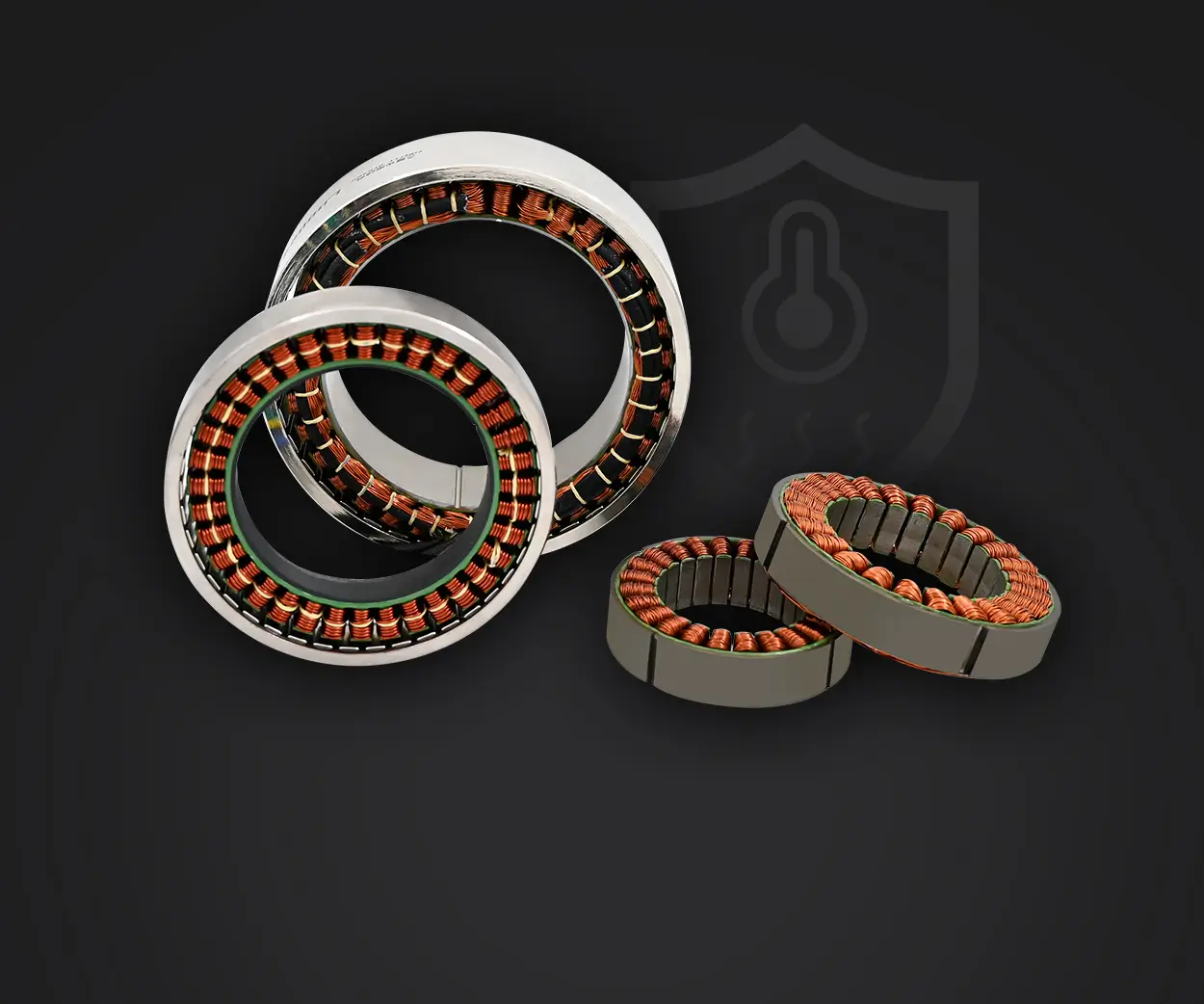Unlocking Creativity with Arduino and Servo Motors — The Basics
Imagine a world where your ideas transform into moving marvels — robotic arms reaching out, camera gimbals stabilizing shots, interactive art pieces spinning in harmony. All these innovations often hinge on one tiny but mighty component: the servo motor.

What Is a Servo Motor? Before diving into the connection details, let's revisit what a servo motor is. Unlike simple DC motors that spin continuously, servo motors are designed for precise control of angular position. They come with built-in feedback systems, allowing you to tell them to move to a specific angle, hold there, or transition smoothly to a new position. This makes them perfect for robotic arms, steering controls, camera gimbals, and many DIY gadgets.
Types of Servo Motors Most hobby servo motors are small, lightweight, and inexpensive. They typically operate within a torque range from a few grams to several kilograms, and their control signals are usually PWM (Pulse Width Modulation). There are also continuous rotation servo motors for applications requiring rotation without fixed limits, but in most Arduino projects, standard positional servos are preferred.
Getting Started: Tools and Components Needed To connect your servo to an Arduino, gather these essentials:
Arduino board (Uno, Mega, Nano, etc.) Servo motor (popular models include SG90, MG90, or HS-311) Jumper wires (male-to-male) Breadboard (optional, for prototyping) Power supply (depending on servo power needs)
Understanding the Connection Setup Connecting a servo motor to Arduino isn't complicated but requires attention to the connection details:
Power (Vcc): Servos typically operate at 4.8V to 6V. Check your servo specifications. Using the Arduino's 5V pin is common for small servos. Larger servos might need an external power source. Ground (GND): Connect the servo's GND to Arduino GND. For external power, connect the servo's GND to the power supply GND as well. Signal (PWM Control): The control wire, usually colored white or orange, connects to a PWM-capable digital pin on the Arduino (e.g., pin 9).
Now, with these basics laid out, you can start your journey into making your projects move.
Step-by-Step Connection Process:
Identify the wires: Usually, a servo has three wires: power (red), ground (black or brown), and signal (white or orange). Connect the power wire: Insert the red wire into the 5V pin of Arduino or your external power source. Connect the GND wire: Connect to the GND pin on Arkark, ensuring a common ground if you're using an external power supply. Connect the control wire: Attach the signal wire to a PWM-capable Arduino digital pin, like pin 9. Power up: Once connected, you can power your Arduino and your servo for testing.
Testing the Connection with a Simple Sketch Once everything's wired, upload a basic Arduino sketch to verify your setup:
#include Servo myServo; void setup() { myServo.attach(9); // attach the servo to digital pin 9 } void loop() { myServo.write(0); // move servo to 0 degrees delay(1000); myServo.write(90); // move servo to 90 degrees delay(1000); myServo.write(180); // move servo to 180 degrees delay(1000); }
This script gradually moves the servo between positions, providing immediate visual feedback on whether your connection is successful.
Leveraging innovations in modular drive technology, Kpower integrates high-performance motors, precision reducers, and multi-protocol control systems to provide efficient and customized smart drive system solutions.




































